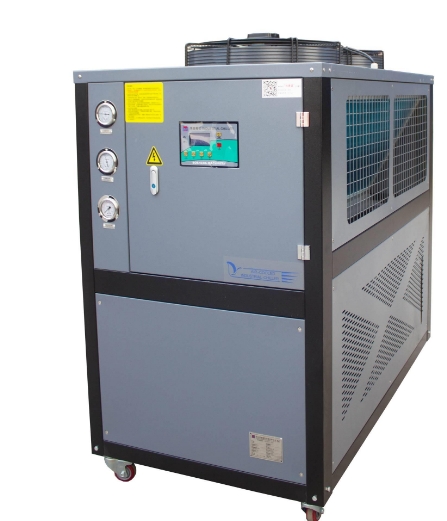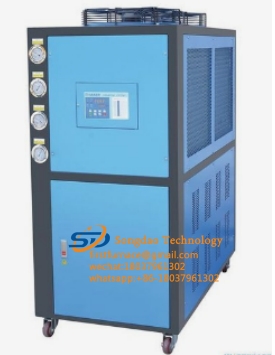- 01
- Mar
How to observe the operating parameters of the industrial chiller to judge whether the working condition is good?
How to observe the operating parameters of the industrial chiller to judge whether the working condition is good?
1. Evaporation temperature and evaporation pressure
The evaporation temperature of industrial chillers can be reflected by the evaporation pressure indicated by the pressure gauge installed at the end of the compressor suction shut-off valve. The evaporating temperature and the evaporating pressure are determined according to the requirements of the refrigeration system. Too high cannot meet the cooling needs of the chiller, and too low will reduce the cooling capacity of the compressor, and the operation economy is poor.
2. Condensing temperature and condensing pressure
The condensation temperature of the refrigerant in the industrial chiller can be based on the reading of the pressure gauge on the condenser. The determination of the condensing temperature is related to the temperature and flow rate of the coolant and the form of the condenser. In general, the condensation temperature of industrial chillers is 3-5°C higher than the cooling water outlet temperature, and 10-15°C higher than the forced cooling air inlet temperature.

3. The suction temperature of the compressor
The suction temperature of the compressor refers to the refrigerant temperature read from the thermometer in front of the suction shut-off valve of the compressor. In order to ensure the safe operation of the heart-compressor of the industrial chiller and prevent the occurrence of liquid hammer, the suction temperature should be higher than the evaporation temperature. In Freon refrigeration industrial chillers with regenerators, it is appropriate to maintain a suction temperature of 15°C. For ammonia refrigeration industrial chillers, the suction superheat is generally about 10°C.
4. The discharge temperature of the compressor
The compressor discharge temperature of the industrial chiller can be read from the thermometer on the discharge pipe. It is related to the adiabatic index, compression ratio and suction temperature of the refrigerant. The higher the suction temperature and the higher the compression ratio, the higher the exhaust temperature, and vice versa.

5. Subcooling temperature before throttling
The liquid subcooling before throttling can have a high cooling effect. The subcooling temperature can be measured from the thermometer on the liquid pipe in front of the throttle valve. Under normal circumstances, it is 1.5-3℃ higher than the outlet temperature of the subcooler cooling water.
